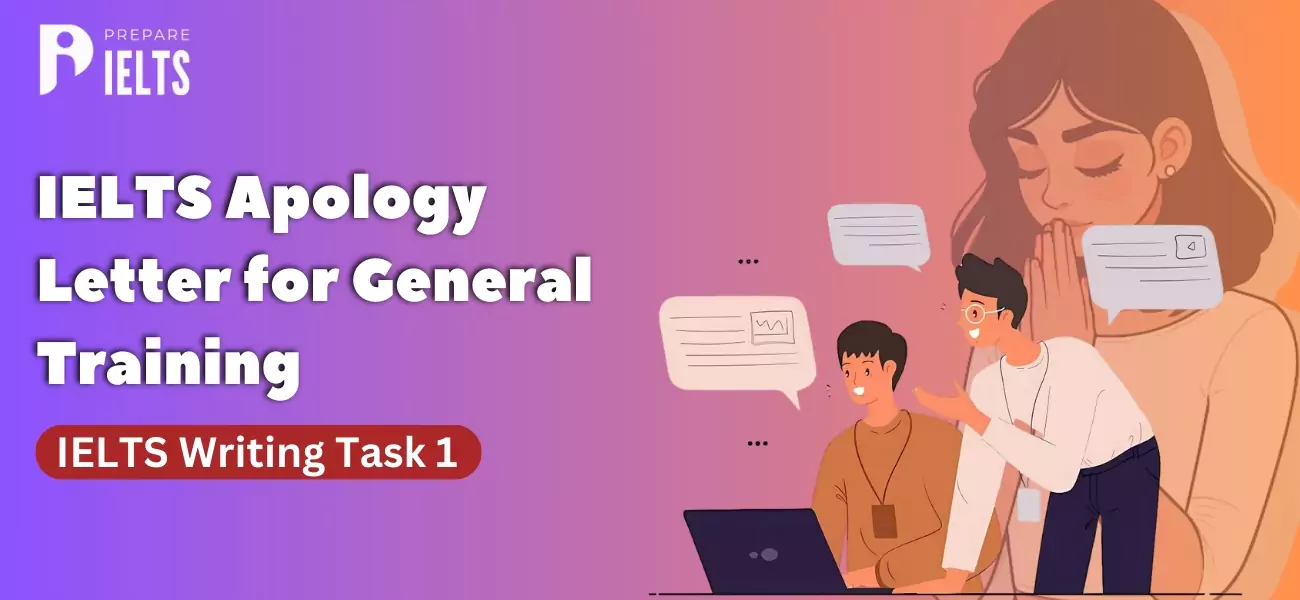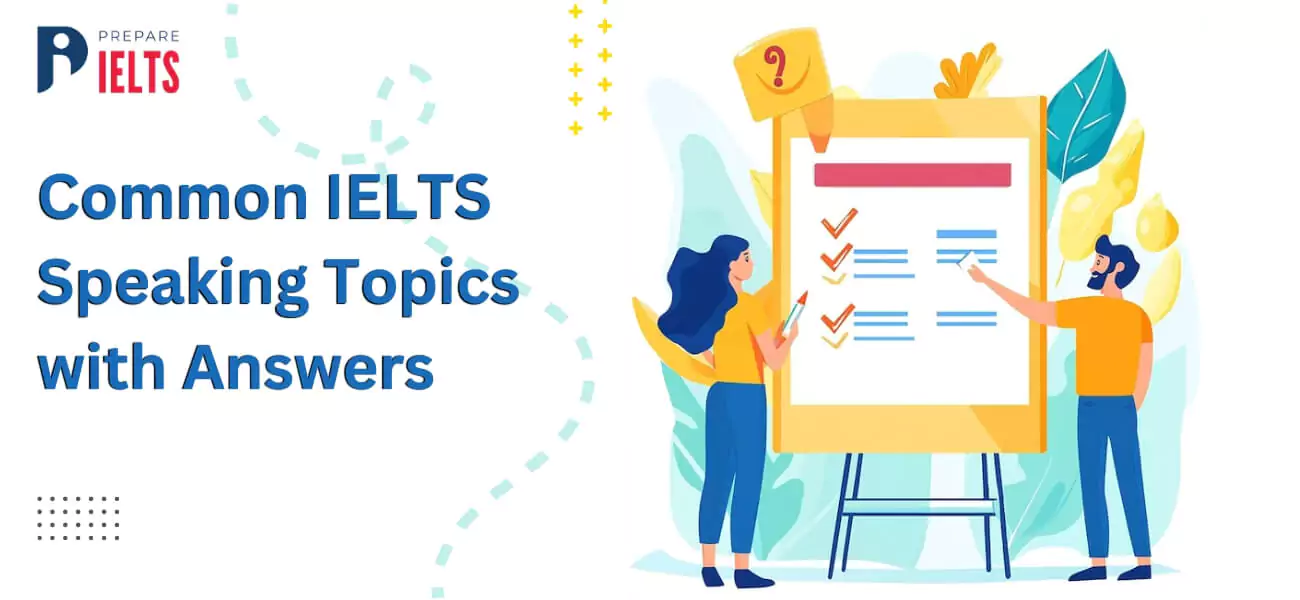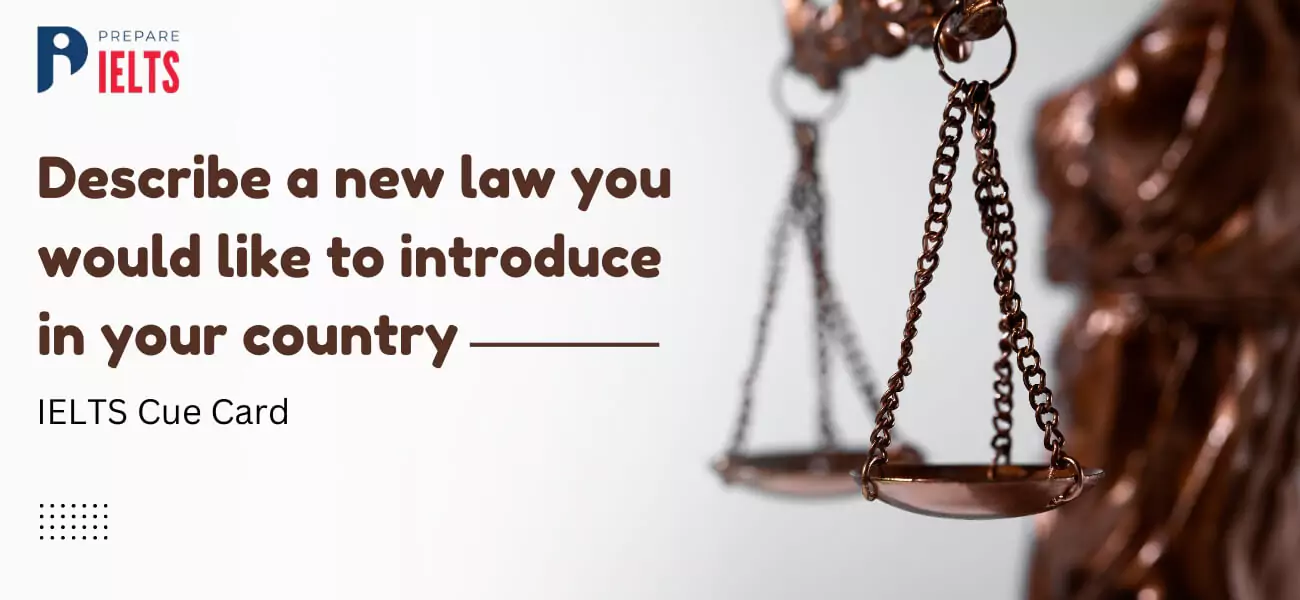
Overview
The IELTS writing task is intended to measure your writing skills, concept arrangement, and vocabulary range. Basically, the task requires you to create a summary of 150 words using short textual and visual material, which is typically offered in the form of maps, graphs, or diagrams. One needs to understand that scoring well in IELTS Writing Task 1 is critical for fulfilling the dream of studying abroad at a foreign university. Therefore, a rigorous preparation of the exam is required. In this blog, we will provide you with some pointers to help you prepare for the IELTS writing task 1.
Top 10 Tips and Tricks for Writing Task 1
1. Understanding Writing Task 1
First of all, you need to understand the writing task 1 academic and its rules very well. Even a minor mistake can cost you. For instance, there is a rule to write at least 150 words. You might not believe it but the examiners may manually count whether you have met the word limit and can penalise you for writing below the limit. It is advisable to read the complete instructions for the exam and utilise the 20 minutes you have for task 1 efficiently.
2. Practice Tests
People talk about practice tests all the time because they really help you get a grasp of the examination style. Research some IELTS writing task 1 questions and practise the task continuously. Aside from those questions, you can also transcribe your daily activities into your own words as a way to practise writing and summarising. The important advice here is don’t stop! Just keep doing this consistently, along with getting feedback on your writing. You will see your skills improve in a couple of weeks.
3. Understand Task 1 Band Scores & Marking Criteria
Having a clear understanding of your IELTS Writing Task 1
and marking criteria is essential. You will be assessed according to four criteria by the examiner when you write the report. Such marking criteria are mentioned below:
-
Task Achievement (25%)
-
Coherence and Cohesion (25%)
-
Vocabulary (25%)
-
Grammatical Range and Accuracy (25%)
The examiner will give you the final score for task 1 by taking the average score of these four criteria.
4. Types of Writing Task 1
There are six types of charts in the paper: maps, bar charts, line graphs, pie charts, and diagrams. You should practice writing reports for all types by using sample papers.
5. Introduction Statement
You should practice writing the introduction by jotting down more accurate data and paraphrasing the question. It needs to be quick, formulaic, and understandable.
6. Overviews for Task 1 Paper
The practice of identifying the key features of all chart types helps you improve the content of the overview paragraph. The key features can sometimes be the highest and lowest categories; also the most significant differences between categories.
7. Vocabulary for IELTS
Prepare a vocabulary list for each writing task, particularly for line graphs, pie charts, and maps. Fine use of vocabulary in IELTS Writing Task 1 is important for getting a good band score. Even a small mistake can cost you, so don’t take any chances when paraphrasing.
8. Grammatical Mistakes
Work on your complex sentence formation, especially when you’re aiming for band 6 or above. Avoid making grammatical mistakes; the more errors you make, the lower your scores will be.
9. Structure for Task 1
Make sure to structure your task report correctly because the examiner will pay close attention to how you organise data. Follow the proper order to get a good band score. This aspect falls under the Coherence and Cohesion criteria, making up 25% of your score.
10. Linking Words
In order to properly connect information and compare it in a coherent manner, ensure that you practise using transition words, also known as linking words. The appropriate words to describe charts may vary by chart type; so review every task type and learn the best ones for each.
Conclusion
To conclude, practise hard by writing consistently and paying attention to all the details mentioned above in the blog. If you do this, you will surely achieve a high band score in the IELTS exam. Preparing for your Writing Task 1 is not a big deal when you practise consistently. Don’t forget to check your answers when practising with sample question papers.
We hope we have provided you with helpful insight into some Tips for IELTS Writing Task 1. If you need further guidance, please contact Prepare IELTS Exam (PI) counsellors. Our team of education experts is dedicated to providing you with the best guidance in preparing for the IELTS Exam.
You can get on a one-to-one free counselling session online via our platform. Contact us at info@prepareieltsexam.com or call us at +91 9773398388.
Register Now, for a free Mock test - Join Today!
Latest Blogs
-

IELTS Score for Canada: Minimum IELTS Requirement for Canada 2025
2024-09-27 18:24:14
-

IELTS Apology Letter for General Training: IELTS Writing Task 1
2024-09-25 16:38:03
-

Minimum IELTS Score for Australia: Student Visas, Universities, and PR in Australia
2024-09-23 18:09:51
-

Common IELTS Speaking Topics with Answers
2024-09-20 18:21:56
-

Describe a foreign culture that you like: IELTS speaking cue card
2024-09-18 16:14:11
-

Describe a Rainy Day IELTS Speaking cue card
2024-09-18 11:11:32
-

Describe a new law you would like to introduce in your country IELTS cue card
2024-09-13 17:17:46
-

Describe your favourite weather: IELTS cue card
2024-09-11 18:01:28
-

Describe an enjoyable journey by public transport: IELTS cue card
2024-09-09 18:05:45
-

Step-by-Step Guide to IELTS Registration in India for the Year 2024 & 2025
2024-09-07 12:59:51


